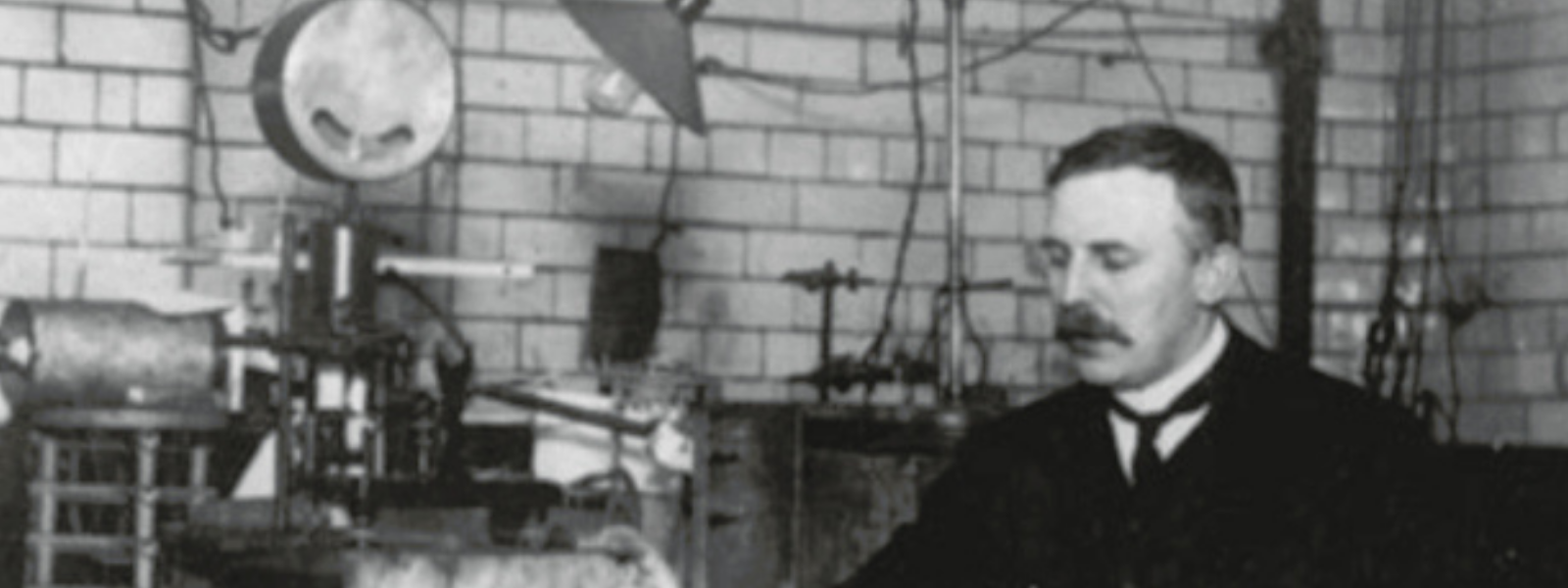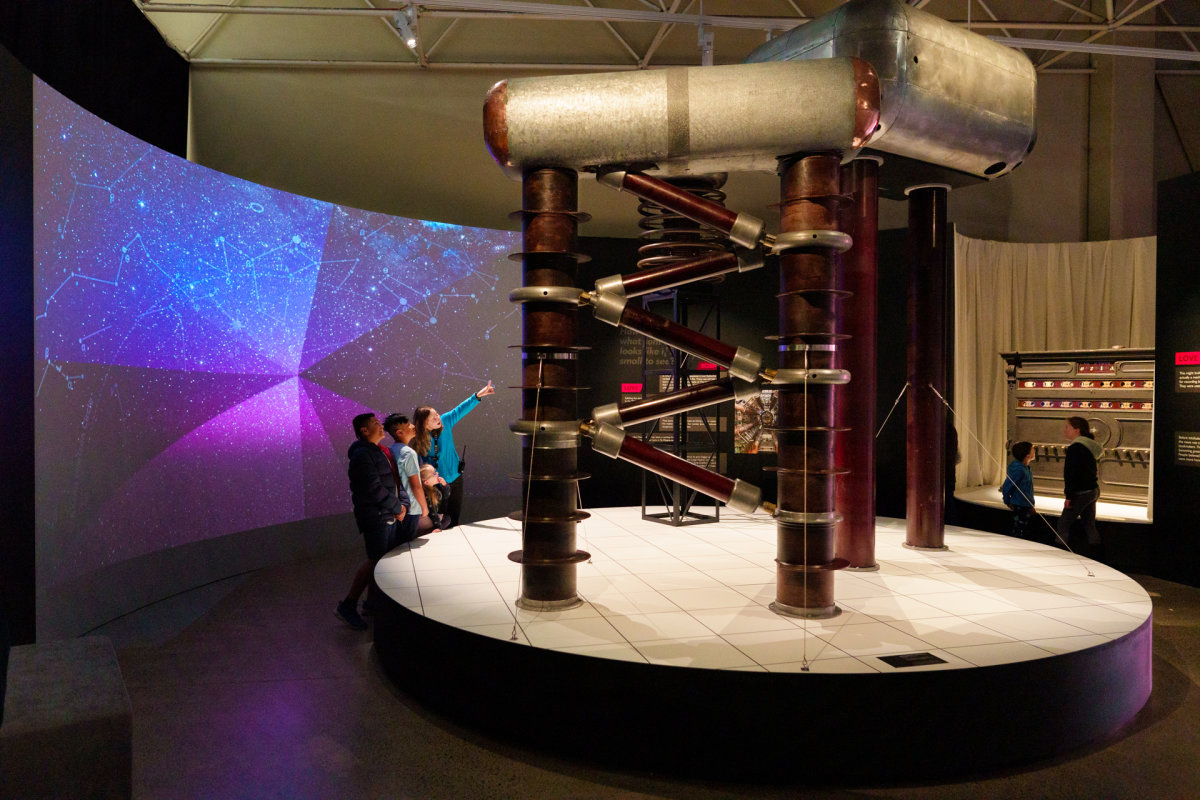Sir Ernest Rutherford – The Father of Nuclear Physics

If you’ve ever been lucky enough to see a $100 note, you might recognise Sir Ernest Rutherford. This year, on August 30, it’s his 150th birthday. What better time to look at the achievements of the New Zealand-born Father of Nuclear Physics.

In 1908 he was awarded the Nobel Prize for his work with radioactive elements. Rutherford worked out that some types of radiation were caused by bits flying off atoms. This ‘radioactive decay’ showed that atoms were made of smaller particles. The following year he used one of these radioactive atom-bits, called alpha particles, in his famous Gold Foil Experiment.
Rutherford and his students, Hans Geiger and fellow Kiwi Ernest Marsden set out to prove what an atom actually looked like. The leading theory was called the ‘plum pudding model’ because some scientists thought it looked like a Christmas pudding dotted with plums. I think it looked like a scoop of hokey pokey ice cream: nuggets of negatively charged electrons suspended in a ball of positively charged vanilla ice cream.
The experiment involved firing alpha particles at a super-thin sheet of gold, only a few atoms thick. If atoms were like hokey pokey, the alpha particles would whiz through the gold atoms and hit a fluorescent screen on the other side, causing a brief flash. When they experimented, they saw flashes behind the gold foil, but also off to the side and almost back the way the alpha particles came. This showed that there was a solid nucleus of protons and neutrons at the core of an atom that the alpha particles were bouncing off.
The students of Rutherford figured if you made a particle go fast enough it could break through that atomic nucleus. This led to the first particle accelerators: high-voltage machines that can split atoms!
If you want to see a particle accelerator head to https://collection.motat.nz/objects/21686/particle-accelerator-cockcroft-walton-type or come in to visit the Love / Science exhibition at MOTAT (after lockdown), it’s bigger and better in real life!

Cite this article: Dixon, Todd. Sir Ernest Rutherford – The Father of Nuclear Physics. MOTAT Museum of Transport and Technology. First published: 26 August 2021. URL sir-ernest-rutherford-the-father-of-nuclear-physics